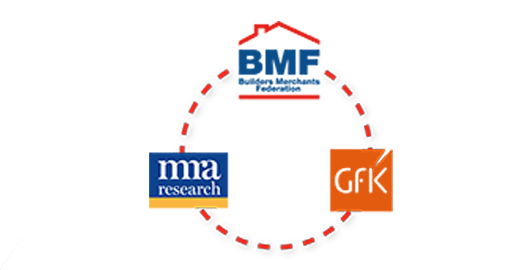IKO PLC comment: Q3 2017
While we welcome the reported increase in sales in the BMBI report, we should be cautious. Value is up, but when you factor in double-digit inflation, overall volume – while still relatively high – is likely to be down.
A number of indicators show the overall market is slowing, and roofing is likely to follow suit. ONS figures indicate a softening with construction technically in recession. Although up 2.6% compared with Q3 2016, output contracted 0.9% in Quarter 3 (July to September) compared to Q2 2017, following a decline of 0.5% in the previous quarter. That’s the first consecutive quarter-on quarter decline since 2012, leading to calls for a stimulus from the Government. Meanwhile new order and output statistics – and CPA ‘state of trade’ data from Q2 2017 – suggests investors are beginning to hold off funding major commercial projects.
How worried should we be? The declines in output are small – under 1%. And ONS data for a month or quarter tends to be revised upwards over the following few months as more data comes in, and that revision can be substantial. Infrastructure is positive and housebuilding is increasing, with a number of housebuilders forecasting modest growth. And while Theresa May has avoided radical changes, extra funding has been announced for councils to build a further 5,000 homes a year for the next five years. The concern is that construction is being held up by the house building and infrastructure sectors, which is great for these sectors, but RMI is more of a challenge.
RMI is very much linked to consumer confidence and income availability. With real time inflation and wages squeezed, and car and retail sales down, confidence seems to be slowing. The roofing market has held up well so far, but we are likely to feel the effects more in the coming months.
There are other factors we also need to take into consideration. For example, raw material price increases and shortages of supply continue to affect the roofing specification market. Roofing felt is part of a system that includes other components that have been particularly affected (eg PIR insulation), so the overall cost of a project has increased. The knock-on effect means a client may do two projects rather than three.
Affecting everything, the skills shortage is an underlying challenge. It continues to constrain growth in construction and roofing – and isn’t going to go away soon.



